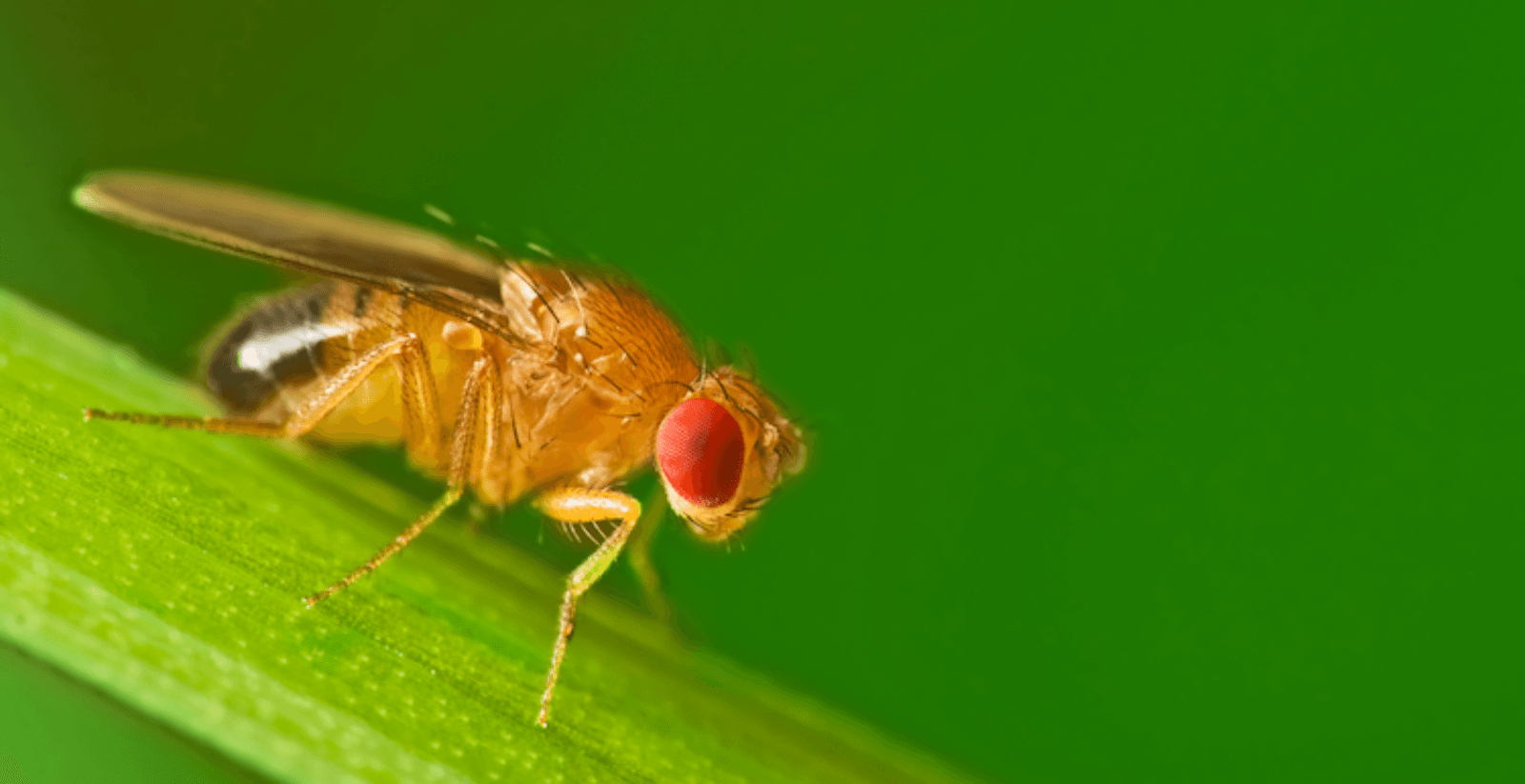The “Genius” and the Fly
by Lindsay Borthwick
Celebrating the many achievements of neuroscientists

The Author
Science prizes are on the rise, and why shouldn’t they be? What better way to celebrate the achievements of the women and men who dedicate their lives to understanding the natural world, relentlessly chasing the answers to questions most of us wouldn’t dare to tackle? This month’s roundup of news from the Kavli Neuroscience Institutes highlights three scientists who have recently taken a prize: Two of the recipients have been recognized by The Breakthrough Foundation for their lifetime of work on the biology of obesity and of protein folding; the other, who studies how the brain translates sensory stimuli into behavior, is being recognized by the MacArthur Foundation for her potential.
- Neuro Celebrities
This year, brain research swept the Life Sciences category of The Breakthrough Prize, an annual science prize known as the “Oscars of Science” for its glittery, star-studded ceremony. The 2020 Breakthrough Prize in Life Sciences was awarded to Jeffrey M. Friedman, F. Ulrich Hartl and Arthur L. Horwich, David Julius, and Virginia Man-Yee Lee. Three of the researchers have ties to Kavli Neuroscience Institutes: Friedman (Rockefeller University), who was recognized for his discovery of the hormone leptin, which is produced by fat cells and signals the brain to regulate food intake; Julius (UCSF), who was recognized for discovering molecules, cells and mechanisms underlying pain sensation; and, Horwich (Yale University), who discovered the molecular machinery that guides the proper folding of proteins within cells, in collaboration with Hartl. Misfolded proteins are a hallmark of some brain diseases, as well as cancer. Their discoveries have profoundly changed how we understand obesity as well as neurodegenerative disorders. (You can watch the winners being fêted from your living room on Sunday, November 3, 2019, on National Geographic.)
- 3D Movies of the Brain in Action
Elizabeth Hillman’s magic microscopes take pictures at the speed of life. Four years ago, she revealed SCAPE (swept confocally aligned planar excitation), which takes pictures of living organisms fast enough to capture the activity of neurons as they communicate with each other. And unlike other kinds of microscopes, which tend to focus a beam of light on a small area, SCAPE sweeps a light sheet back and forth, taking a much larger, three-dimensional picture of the brain in action. Now, she has announced SCAPE 2.0, an even faster technology. According to Hillman, “SCAPE 2.0 opens up a new landscape of things that we can see. I hope our new results will inspire scientists to think of what new questions can be asked, and what new avenues of scientific discovery we can explore next.”
- Thought Experiment
In a series of workshops, Kleinfeld and a handful of other scientists and technologists considered the question: Is it possible to record the bursts of electrical activity from every neuron in the brain at the same time? In a new paper, they answer, yes, and supply a blueprint for a new generation of electrode, or sensor, that could do it. Ken Shepard, an engineer who is a member of the Kavli Institute for Brain Science at Columbia, is a co-author.
- Learning from the Birds

Bengalese finches learn to sing by mimicking their dads’ song. But Michael Brainard, a neuroscientist at the University of California, San Francisco, and post-doctoral researcher David Mets have shown that the birds’ ability to learn isn’t purely cultural. Like other complex behaviors, genetics plays a role. In a new study, the co-corresponding authors sought to tease out the influence of genes and environment on the birds’ learning aptitude. They found that birds that appeared to be poor learners were capable of learning just as well as other birds when presented with the right stimulus. The authors say the study lends support to arguments for “personalized education,” in which classroom instruction is tailored to an individual child’s learning style. (The study’s details are fascinating and captured in a short video, in which a bird is challenged to learn songs of different tempos.) Brainard is a member of UCSF’s Kavli Institute for Fundamental Neuroscience.
- The “Genius” and the Fly
Rockefeller neuroscientists bookended the month with prizes when Vanessa Ruta, who studies the interplay between nature and nurture in fruit flies, was awarded a “Genius Grant,” by the MacArthur Foundation. Ruta’s research focuses on the flies’ sense of smell and how it drives innate and learned behaviors. Following the announcement, STAT News published a short Q&A with Ruta, a former ballet dancer, in which she comments on creativity and science—and the need to increase diversity in research.